- By Miriam Friedmann
AI in diagnostics: three concrete application examples that convince doctors
Making clear diagnoses more quickly and thus helping people more efficiently: Artificial intelligence (AI) as a silent assistant is already a reality for many medical professionals. The technology is though still in its infancy. Where AI is being used in medical diagnostics in particular and what it can do in radiology: An overview - including three application examples.
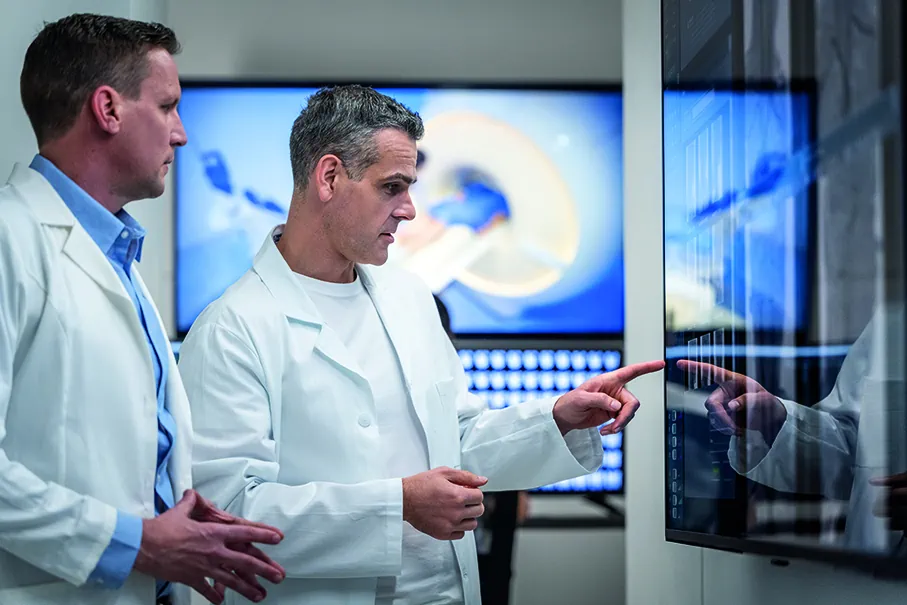
AI in diagnostics: where we are now
In its July 2023 resolution, the German Conference of Health Ministers emphatically called for Germany to push ahead with AI applications in medicine - and ensure acceptance among patients and doctors alike.
As the provider of Europe's largest cloud for medical image data, we at Telepaxx regularly exchange information with clinics and large radiology practices on digital innovation topics such as artificial intelligence. Many doctors are already using AI diagnosis in radiology.
Thanks to the use of AI in diagnostics, huge amounts of patient data can be analyzed, patterns recognized and diagnoses suggested. Properly trained, AI algorithms reliably examine DICOM images and identify anomalies in the studies.
We present three application examples for AI in medical diagnostics and discuss the status of AI from an ethical and data protection perspective.
1. Practical case study: AI support for X-ray images in the emergency department
Is it a fracture? A hairline fracture? Something completely different? These questions were the focus of a six-month practical study at two cooperating hospitals in Bavaria with a total of around 450 beds.
The emergency department staff there specifically requested AI support for surgical diagnostics to find out whether and how AI can reduce workload and create added value. The clinic has been using Telepaxx's long-term archive for years and now wanted to test a cloud-based AI connection as part of a two-month practical study.
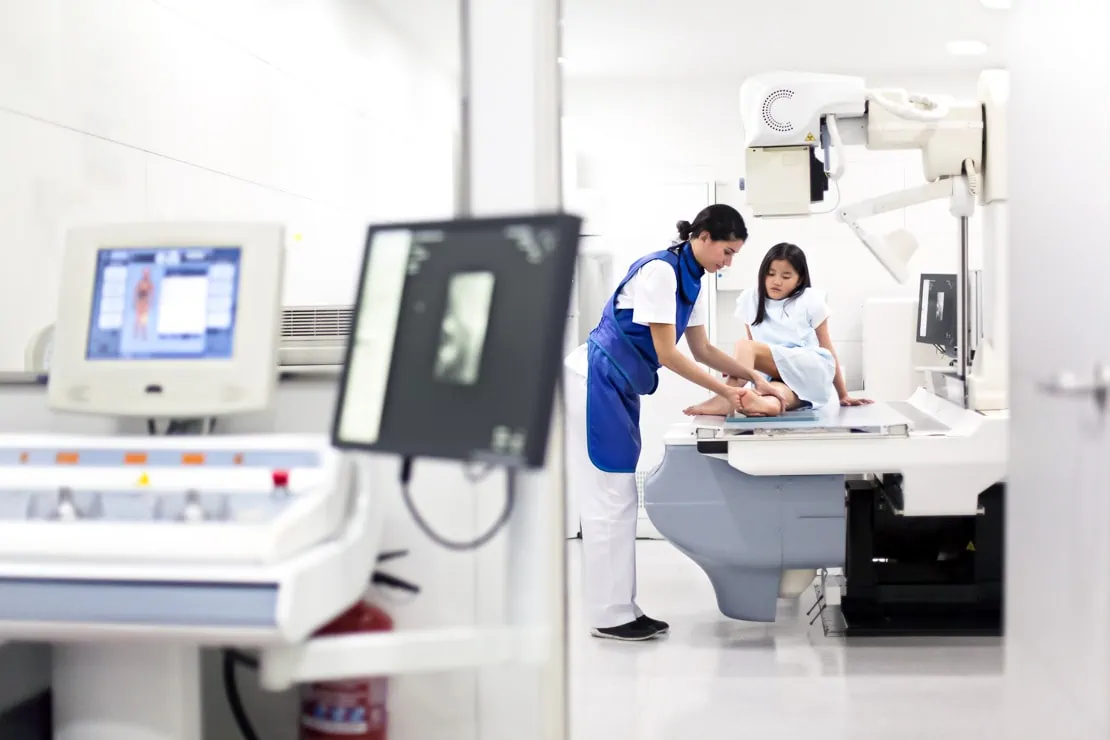
The result of the practical study is clear: the AI supported younger doctors in particular in their diagnosis by providing an automated second opinion. This reduced the number of inquiries to the responsible senior physician if the AI was able to confirm the doctor's own diagnosis. The AI therefore not only helped directly by providing a second opinion, but also relieved the burden on the senior physicians.
Conclusion: The example shows that AI-supported diagnoses in the emergency department can help to prioritize the patients to be treated and at the same time improve the process in the hospital and reduce the workload of individual doctors.
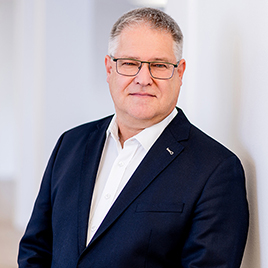
"Humans are still fundamentally better at recognizing the unusual. But when it comes to observing the unusual, AI is clearly better at reliably recognizing even the smallest changes and measuring them in a time-saving manner."
Andreas Dobler, Managing Director of Telepaxx Medical Data GmbH
2. AI diagnosis in the doctor's office: help for chronic cases
Not only hospitals, but also radiology practices can benefit considerably from the use of AI. Let's take the regular follow-up of chronically ill patients as an example.
Numerous studies are carried out within a few months, particularly in the case of neurodegenerative diseases such as multiple sclerosis and Alzheimer's, but also lung cancer. A comparison of current images with previous images should provide clues as to how a round lung lesion has changed, for example. The differences between the two images are difficult to see with the naked eye, especially in the time available for each study.
With the help of AI diagnostics, changes in size dimensions can be automatically detected and marked in the image. Doctors can concentrate on the interpretation, explain the development to the patient and respond to the resulting treatment recommendations.
3. Time saved for acute patients: Automatic alarm through AI
In the two practical examples mentioned above, the artificial intelligence reviews the DICOM images after the scan has been completed to support medical diagnostics.
However, AI can also support medical professionals during the imaging process. Some modern CT, MRI and X-ray machines now have integrated AI algorithms that analyze the studies during the examination.
If the AI finds a conspicuous structure, such as a blood clot in the brain, the MTRA or radiologist is automatically notified directly so that they can immediately initiate the first treatment steps. This can save valuable minutes and improve the treatment prognosis for the patient.
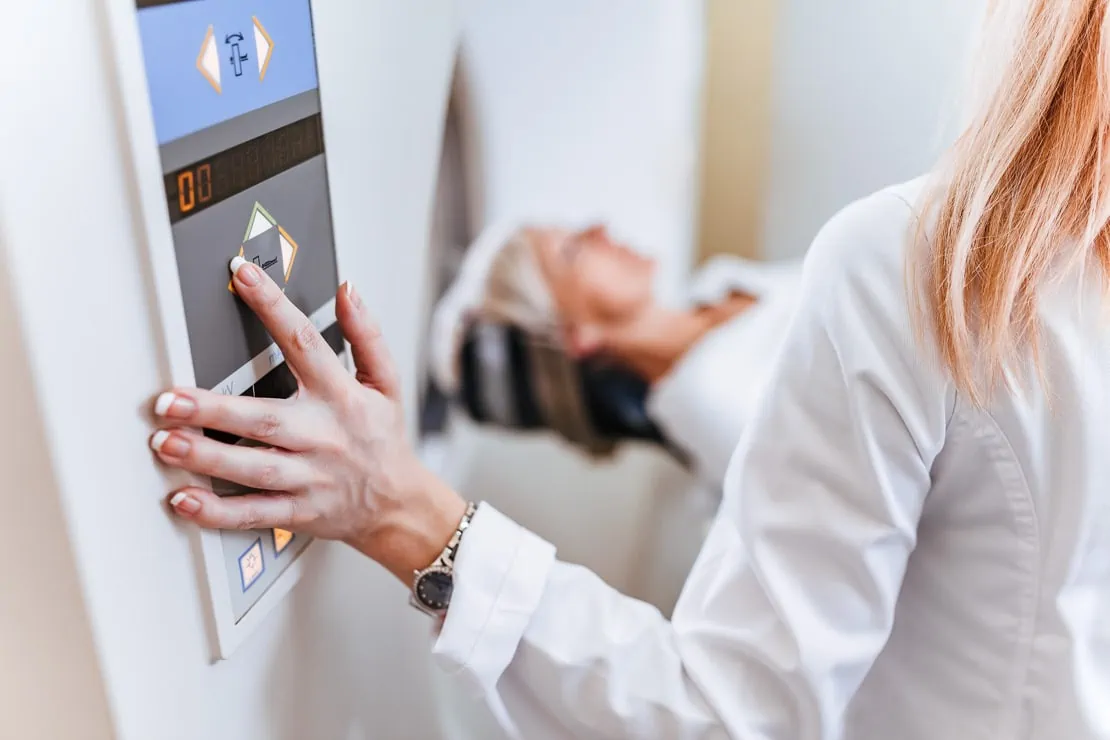
What AI means for doctors in practice
Telepaxx Managing Director Andreas Dobler knows the challenges and opportunities of AI in everyday medical practice from numerous consultations with hospital managers and radiologists.
For him, one thing is certain: "Humans are still fundamentally better at recognizing the unusual. But when it comes to observing the unusual, AI is clearly better at reliably recognizing even the smallest changes and measuring them in a time-saving manner."
The benefits of AI are clearly seen by medical staff. In practice, however, integration is initially complex, which prevents many facilities from using AI solutions. Kooperation von Telepaxx's cooperation with the leading AI radiology platform deepc solves this problem through simple integration with medical facilities' systems and a cloud-to-cloud connection.
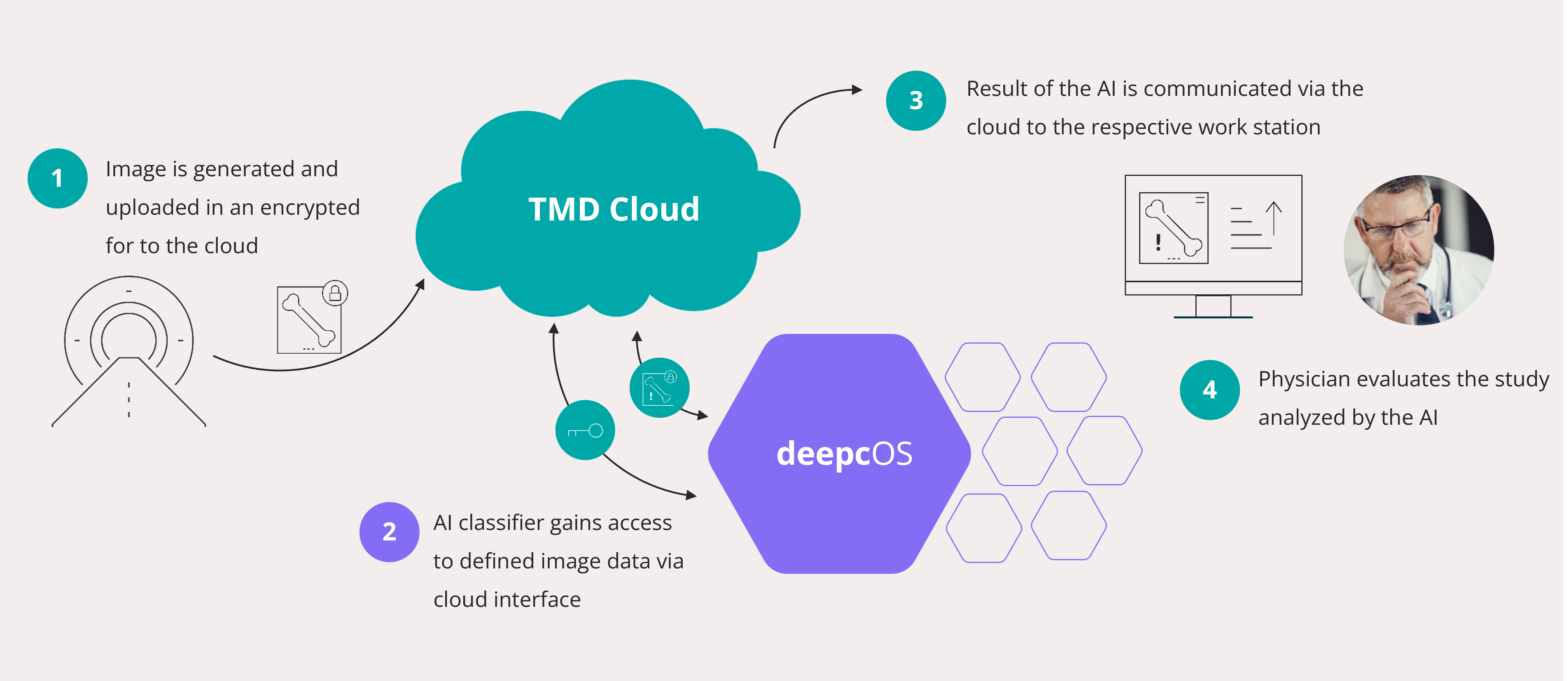
Challenges for the use of AI in medicine
So the question is not whether AI will support medicine in the future - but how. One of the decisive factors in international competition will be the question of how scientists and developers can train their AIs. In Germany, the Health Data Use Act is currently setting the course for this. According to the current status, researchers will soon be able to access qualitative data sets based on a sophisticated anonymization concept.
These data records must be stored in compliance with the GDPR and at the same time be quickly retrievable. This is made possible, for example, by our TMD-Cloud as part of cooperation projects between hospitals and developers of AI algorithms.
Conclusion: What medical professionals urgently need for the use of AI
AI is not yet capable of making independent diagnoses. If you ask us, that's a good thing. After all, not all ethical and moral questions that the use of artificial intelligence entails have been clarified for a long time. For example, who is responsible if an AI-supported diagnosis is wrong? How do we ensure that the use of AI does not violate the medical code of ethics?
Binding guidelines are still lacking. The World Health Organization (WHO), among others, wants to create these. In one of its latest publications, the WHO emphasizes the importance of AI in healthcare, the opportunities for improved diagnostics - and the challenges that we must face.
The hope: to combine AI and humans into a strong team that can alleviate human suffering more quickly in future and perhaps even prevent it more often.

Initial Consultation
You have questions?
Feel free to contact me to learn more about how you can implement AI solutions easily in your medical facility through our cooperation with deepc.
Other articles that may interest you.

The German health data use act in check
The German Health Data Use Act - GDNG in short - is set to revolutionize health research in Germany. Read about the most important goals, questions and answers.
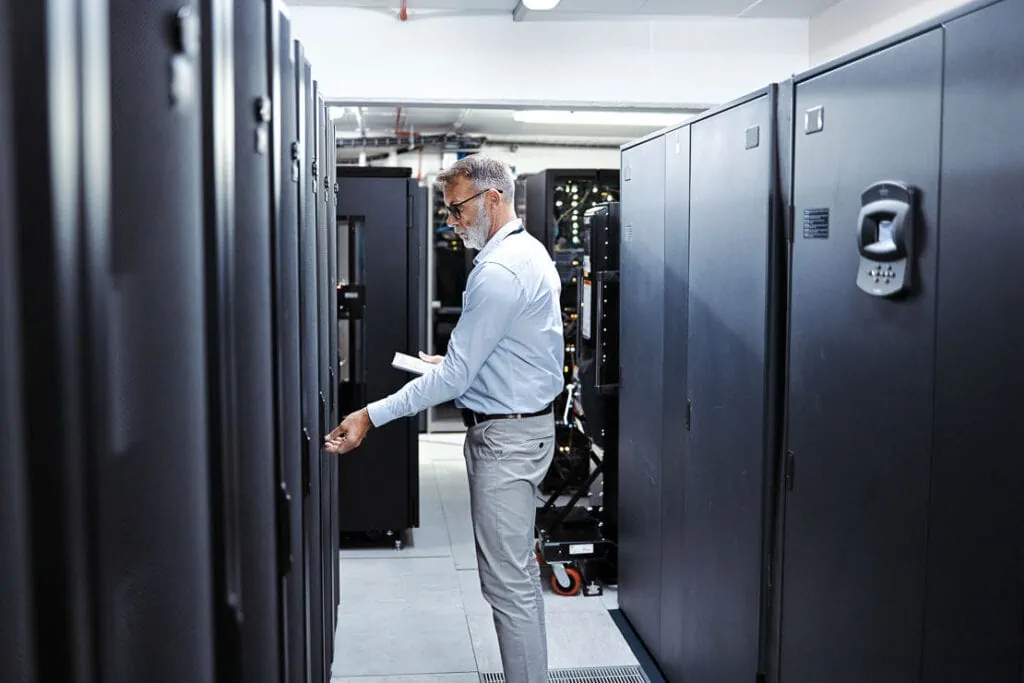
Bavarian Hospital Act: patient data permitted in the cloud
Bavarian hospitals have been allowed to process patient data in the cloud since June 2022. You can read about the advantages of this and what to look out for here.
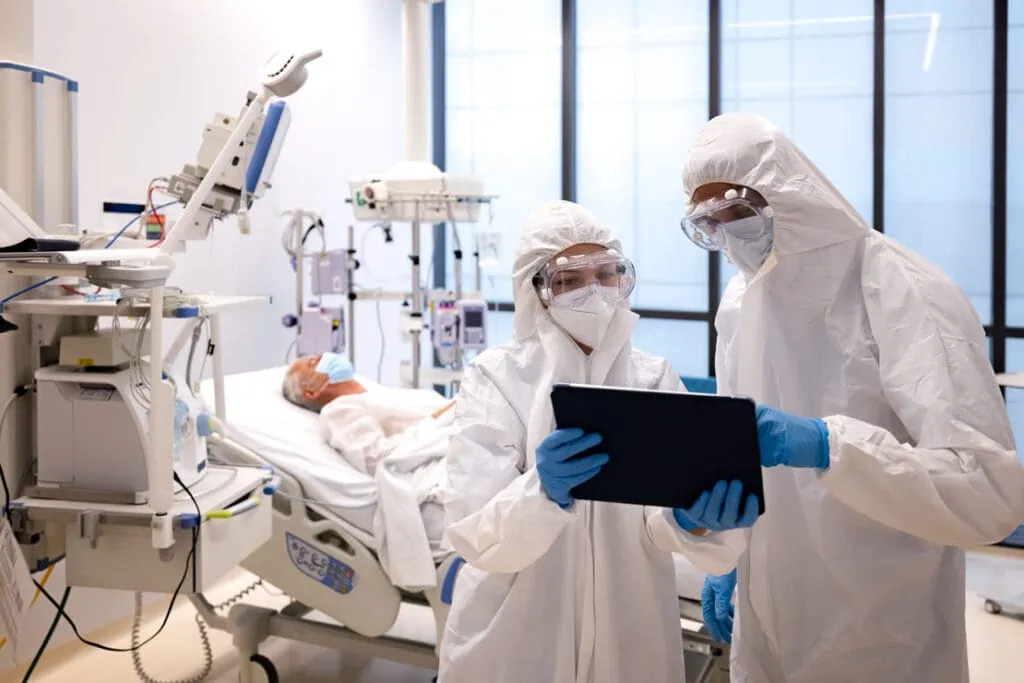
European Health Data Space: a framework for sharing medical data
This article briefly summarize the purpose and goals of the European Health Data Space.